HURLBURT FIELD, Fla. — If an aircraft is behind enemy lines and running low on fuel, a forward area refueling point may be necessary to refuel that aircraft and carry out the mission.
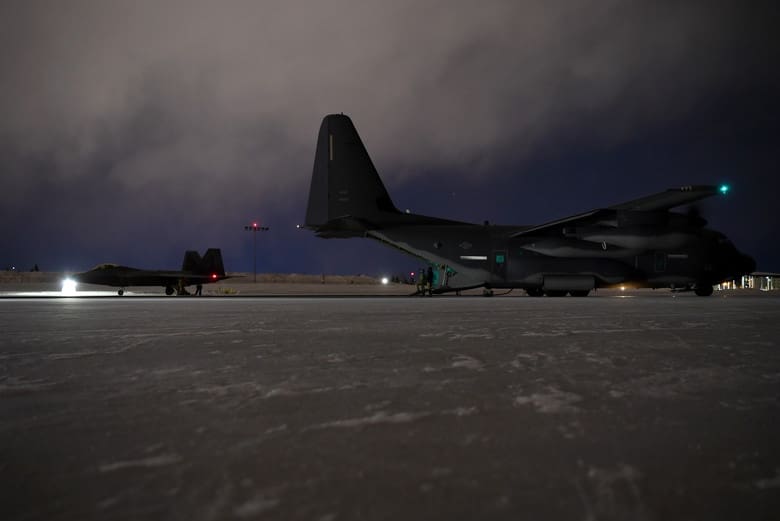
Behind those enemy lines, Special Tactics Airmen are relied on to survey the area of interest to ensure the aircraft can land and be refueled. Special Tactics teams can assess, open, and control major airfields to clandestine dirt strips in either permissive or hostile locations, providing strategic access for our nation’s military.
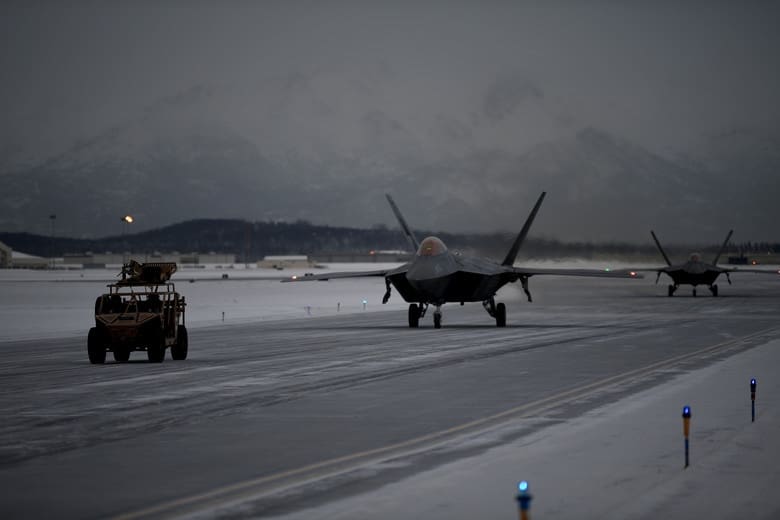
For the first time, aircrew with the 27th Special Operations Wing, Cannon Air Force Base, New Mexico, along with a team of Special Tactics Airmen carried out a simulated FARP for F-22 Raptors assigned to Pacific Air Forces’ 3rd Wing in an extreme cold weather environment during Emerald Warrior at Joint Base Elmendorf-Richardson, Alaska, January 21- 31.
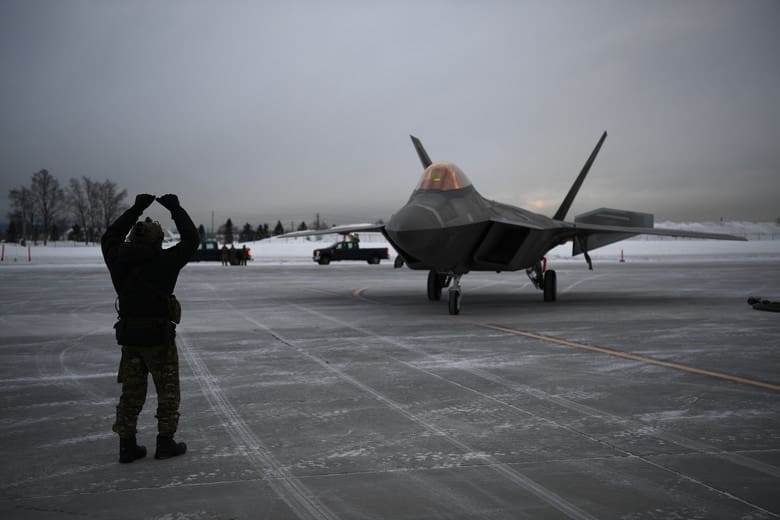
“The ability to refuel aircraft at forward airfields and in austere environments is a critical element of Agile Combat Employment,” said U.S. Air Force Col. Robert Davis, commander of the 3rd Wing, Joint Base Elmendorf-Richardson, Alaska. “Practicing this capability with Special Tactics operators enhances our interoperability with the special operations community and increases our ability to generate combat power in a contested environment. Special Tactics operators are uniquely suited to seize and control airfields, and demonstrating our ability to conduct forward area refueling in challenging arctic conditions takes ACE to new heights.”
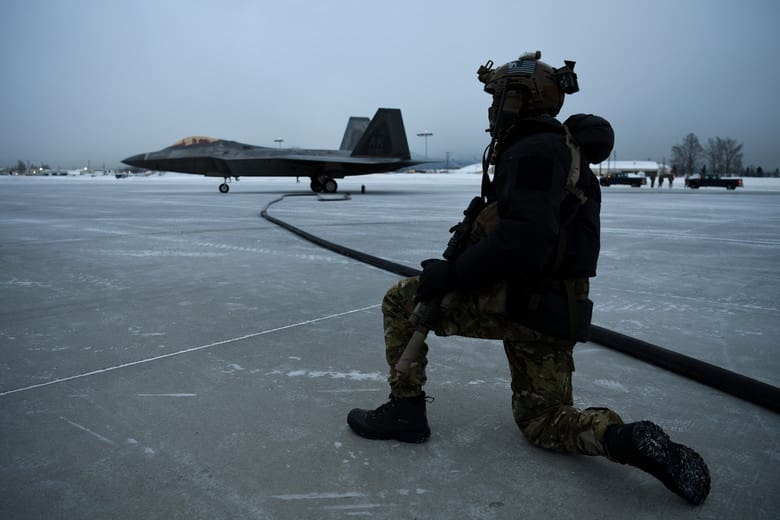
The ACE concept provides special operations forces an opportunity to produce lethality with a smaller footprint.
“Bringing together [Air Force Special Operations Command] and the [Conventional Air Force] capitalizes on the rapid planning cycle and precision lethality of Special Tactics in combination with the overwhelming firepower of the CAF,” said a Special Tactics officer and one of the leads for the exercise. “We are able to break open opportunities not afforded to aircraft, like the F-22, in a major combat operation when we rapidly seize an airfield and utilize it to rearm and refuel air dominance assets to keep them in the fight.”

The training familiarized Special Tactics operators with the Air Force’s fifth-generation aircraft, providing unmatched lethality and adaptability to the warfighter.
“F-22s and F-35s were designed to compete and win against advanced adversaries,” said a Special Tactics officer. “Working with the newest and most advanced fighters in the Air Force provides [Special Tactics] the opportunity to maintain technological edge and develop the tactics, techniques and procedures needed in order to leverage their full capabilities.”
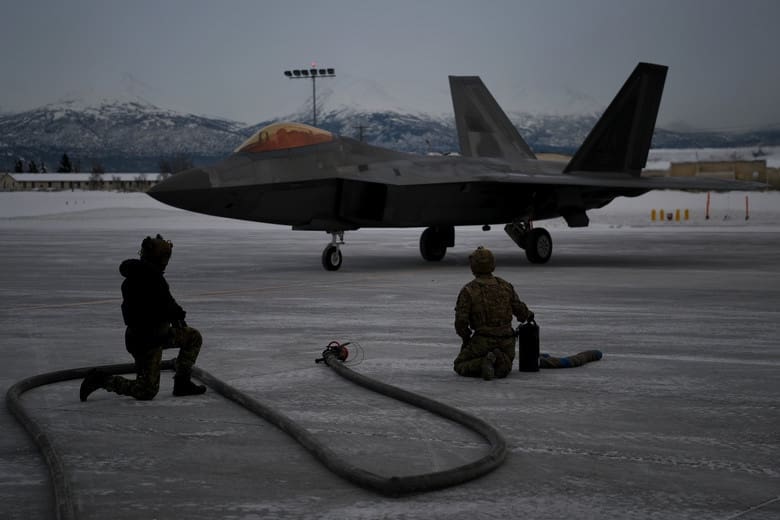
During this exercise, Special Tactics operators integrated with an MC-130J Commando II and F-22 Raptors. The airfield was surveyed, secured and operated by an ST team while the C-130 crew refueled the fighters.
The environment allowed ST teams to train on how to best prepare and pack for an extreme cold weather mission as well as perform certain tasks with decreased dexterity.
“This year’s location pushed our limits on sustainability in a major combat operation and provided an opportunity to refine and rewrite TTPs for a challenging operational environment,” the STO said.
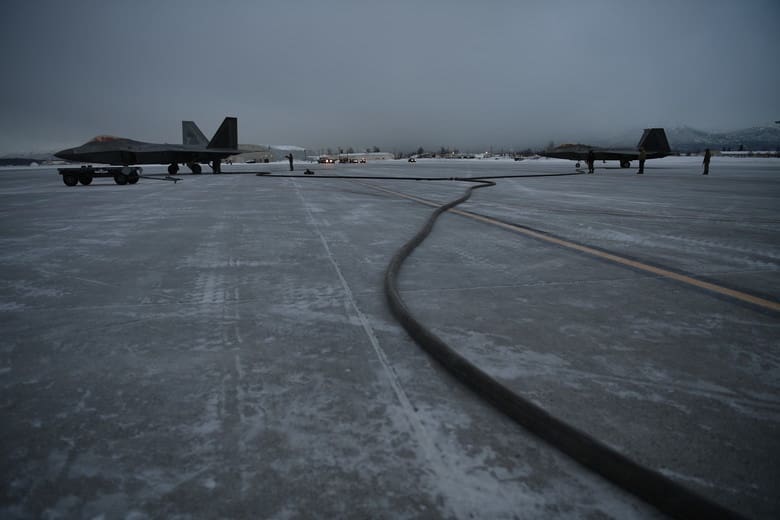
Emerald Warrior is a U.S. Special Operations Command directed exercise focusing on irregular warfare in a joint, NATO combined realistic environment. This training hones special operations forces’ air and ground combat skills and the development of improved tactics, techniques and procedures, while strengthening relationships for future deployments.
For Special Tactics, Emerald Warrior is a way to execute and demonstrate a range of skills while integrating the capabilities of joint assets and allies, maintaining an edge over the nation’s adversaries.
“The team was thrilled to have the opportunity to work with the professionals in the F-22 and MC-130 community,” the STO said. “We experienced incredible motivation and creative problem solving to push this program forward.”
Special Tactics is U.S. Special Operations Command’s tactical air and ground integration force, and the Air Force’s special operations ground force, leading global access, precision strike, personnel recovery and battlefield surgery operations.
Story by: Senior Airman Rachel Williams, 24th Special Operations Wing Public Affairs
Photos by: Staff Sgt. Ridge Shan


Some of these statements seem misleading and not to throw cold water on anyone’s initiative but I’m somewhat skeptical that AFSOC/AF alone can seize and hold terrain in a contested/hostile environment. Particularly an airfield that is defended by enemy troops with basic defensive TTP’s….though maybe in the wargame they get to nuke it first. Do it in an austere/permissive environment? Sure. In the Arctic? There’s few better than AFSOC in the polar regions. but seizing and holding ground from a decently trained enemy I think would be really, really challenging unless they’re bringing something new to the table (or perhaps there’s an assumption they always have an attached Ranger/Marines/Army infantry force to do the seizing and holding on the ground).
Humboldt,
Think more of a clandestine “Desert 1′ scenario rather than a kinetic airfield seizure. Lots of abandoned airstrips around the world as well as sections of secluded roadways and even open fields (if the ground is solid enough and free of obstacles) that can be used as expedient in-and-out landing strips.
TLB
ACE isn’t just for SOF. It is literally THE way.